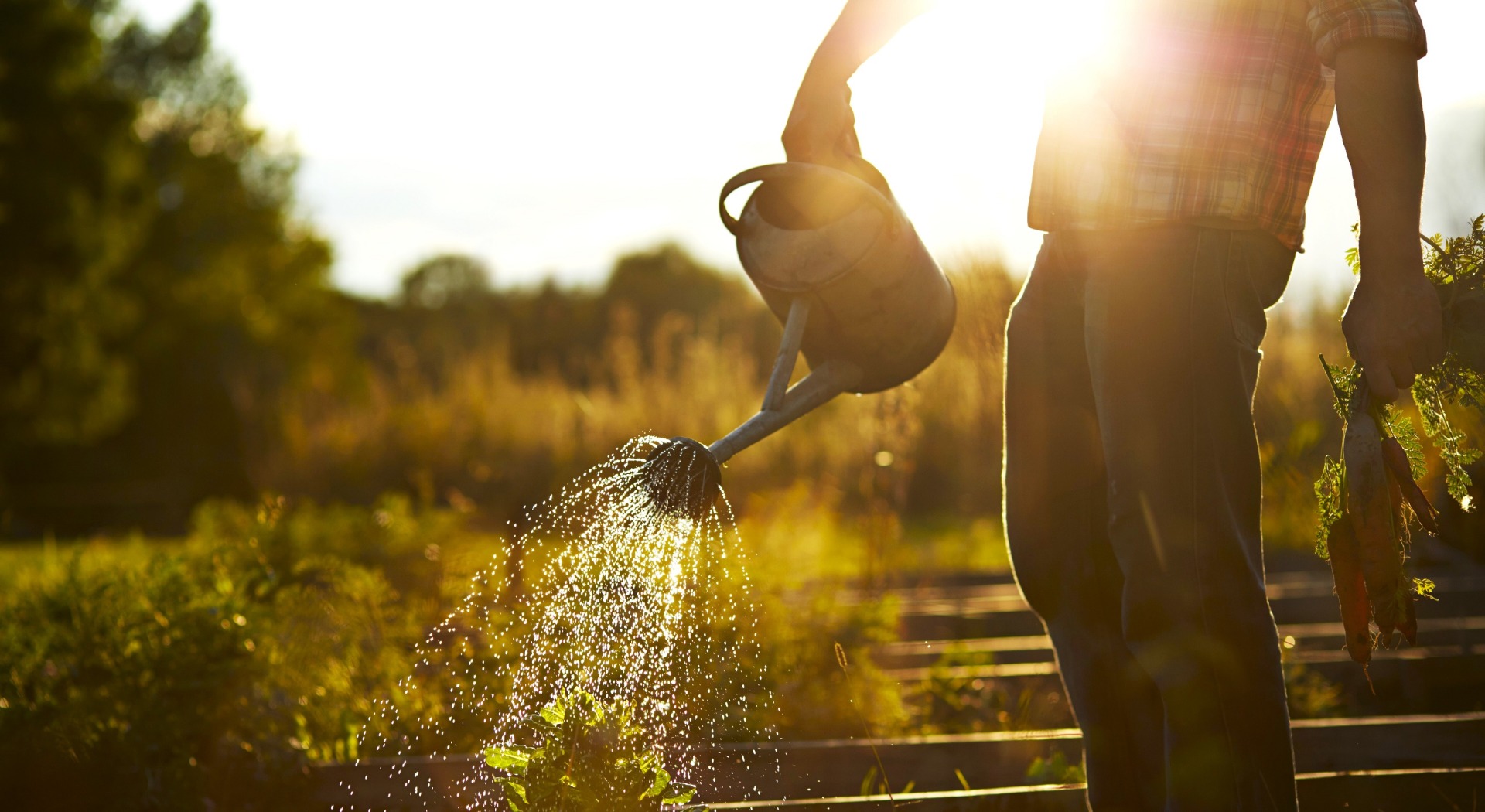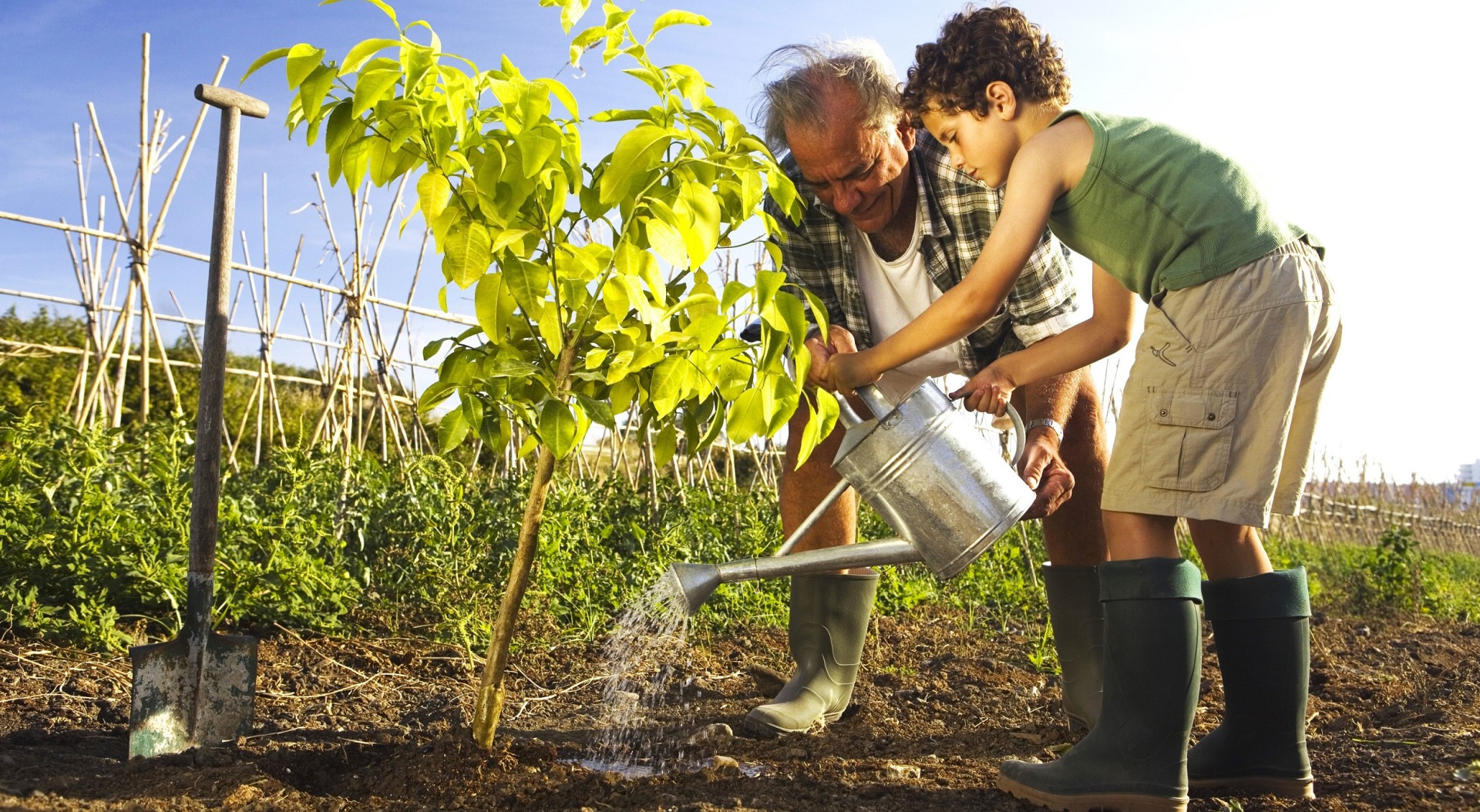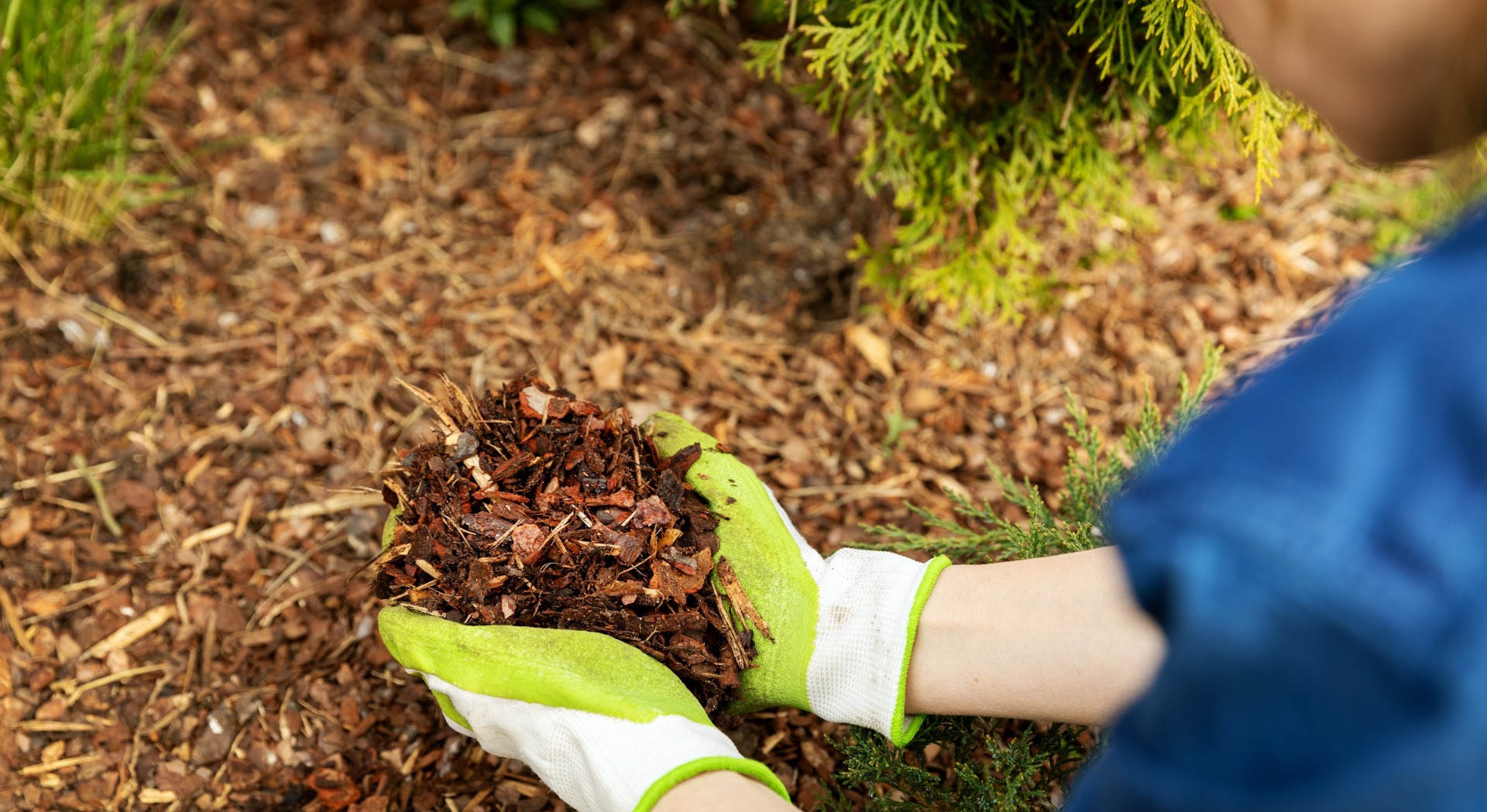By John Pedler
Published: Saturday, February 17, 2024
With summer upon us, what's the best way to nurse your gardens through the warmer months without draining local reservoirs or watching your agapanthus turned to toast?
How and when we water can contribute to water conservation and plant survival.
When to water
According to garden experts, the best time to give your plants a drink is early morning. Temperatures are cooler at dawn than during the heat of the day, allowing time for water to soak down to the roots instead of evaporating skyward.

It also lessens the likelihood of water-loving fungi infecting the foliage because leaves will dry out quickly as the sun rises.
If you’re not a morning person, the second-best option is late afternoon when there’s still a chance for the foliage to dry out.
Watering after the sun sets is considered bad form because your plants will stay damp overnight and are more susceptible to bacterial and fungal infection.
How to water
It’s best to water the soil beneath plants rather than wasting it on the leaves. This can be tricky in a veggie patch, so it might be worth installing a drip irrigation system that delivers water exactly where it’s needed. This will reduce wastage and may even ease a few dollars off the water bill.
When watering trees and shrubs, focus on the soil between the base of the plant and the edge of the foliage, known as the drip zone. This gets water to the feeder roots where it’s most useful, rather than just splashing the tree trunk.

Garden guru Costa Georgiadis from ABC’s Gardening Australia says that just giving plants a splash every day won’t allow the water to penetrate the soil.
“It forces the roots to grow up near the surface,” Costa says. “Instead, water deeply and less often to encourage the plant roots to grow deep into the soil where they’re protected from the sun and provide more stability for the plant.”
Potted pets
Plants in pots are totally dependent on our love and care. During hot weather, it may be necessary to water them at least once a day. Not only does soil in pots dry out quickly as the mercury climbs, these containers also absorb heat, putting extra stress on the roots.
Test the moisture level of the soil with your fingers or a soil moisture meter to determine the state of play, and if you see a plant starting to wilt, it probably needs an urgent chug of the good stuff.
And…
Like a doctor advising to cut back on salt, sugar and couch time, gardening experts roundly prescribe the application of mulch for soil health.
Not only does a mulch covering conserve water, it can also help regulate soil temperature, reduce weeds and prevent your garden bed turning to cement on a 40-degree day. Organic products like bark chips or straw can add nutrients and structure to the soil as they break down.

Native plants are used to the extremes of our climate and tend to be less thirsty than imported varieties. Planting species adapted to hot, dry summers will mean less watering.